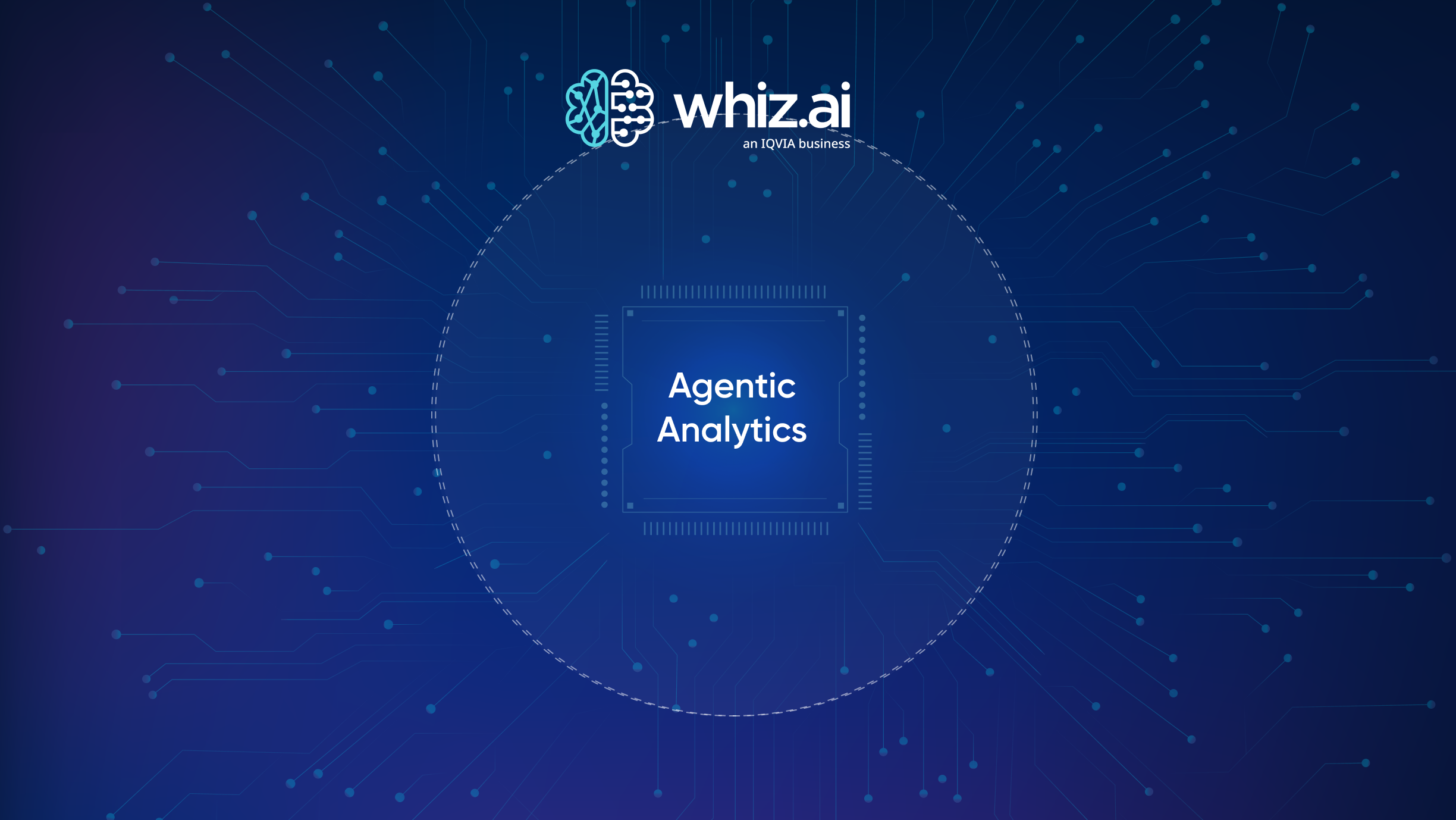The Essential Need for Dashboard Reporting for Healthcare


The Benefits of Dashboard Reporting for Healthcare
Dashboard reporting for healthcare will improve operations and enhance experiences across the organization:
Patient experiences: When care teams can easily access patient data, they find answers and begin treatments more quickly. However, data accessibility can also enhance patient experiences in other ways. For example, data insights can help personalize service, streamline processes, and make information quickly available to patients and their families.
Operations: Data insights can simplify workflows, enabling informed decision-making while preserving time to focus on patient care.
Administration: Dashboard reporting allows healthcare organizations to manage assets more effectively, track equipment utilization, and gain visibility into inventory, maintenance services, and employee schedules.
Financial: Data insights will inform revenue cycle management, claims management, and value-based reimbursement.
Competitiveness: Data insights can shed light on sources of waste and reveal how to improve profit margins and build a stronger, more sustainable organization.
Why Traditional Dashboard Solutions Don’t Meet Healthcare Organization’s Needs
Analytics dashboard solutions are nothing new in healthcare. However, traditional dashboard solutions have limitations. First, they can only provide answers to specific questions, using a finite number of data sources and volume of data. If users need deeper insights or need to consider additional data sources, they need another dashboard. As a result, healthcare data consumers may have to use a cascade of dashboards on their computers to try to piece together insights for the information they need. Furthermore, building traditional dashboard solutions requires data science expertise. Healthcare teams rely heavily on their data and IT resources for analyses, which often means waiting weeks or more for a dashboard.
Finally, traditional dashboards aren’t particularly user-friendly. Although healthcare professionals are skilled in their areas of expertise, they aren’t necessarily knowledgeable in data science. Dashboard solutions that are difficult to use will result in low adoption and, ultimately, little value to the organization.
Learn more about why artificial intelligence (AI) platforms are the future of life sciences analytics.
Essential Features of Dashboard Reporting for Healthcare
Augmented Analytics
A healthcare analytics solution for healthcare must make insights available to everyone who needs them. Staff from physicians, care teams, and operations managers to administrators and leadership should be able to interact with the platform intuitively.
An analytics platform with a hybrid natural language processing engine allows users to ask questions conversationally and receive accurate, contextual responses. A solution that’s this easy to use will result in higher adoption, as much as 100% according to our data, and the foundation for a new culture of data-driven decision-making in workflows throughout the organization.
Domain Authority
AI platforms are available for businesses in all industries. However, AI works best when it’s trained for the domain. A purpose-built platform for healthcare and life sciences can provide relevant answers from day one, and implementation will take weeks, not the months necessary, to deploy a generic solution.
Scalability
Healthcare data volumes are exploding. About 30% of the world’s data is generated by healthcare, and healthcare data is growing at a 36% compound annual growth rate (CAGR) through 2025. Any analytics solution that healthcare deploys today must be willing to provide a return on investment as data volumes continue to grow. WhizAI can analyze petabytes of data in a sub-second and deliver accurate, contextual insights.
Integrability
Healthcare analytics solutions must be integrated with various data sources, both internal and external, and the applications that healthcare teams use. It’s also vital that the solution offers access control and security to keep protected health information (PHI) safe and granular control for data governance.
Mobile Access
Healthcare teams often need data insights throughout their shifts, even when they’re away from their PCs. Users need to be able to access information from their smartphones or other mobile devices so they can make split-second decisions when they’re most important.
Frequently Asked Questions
What types of AI does WhizAI use?
WhizAI blends deep learning with linguistic techniques, including natural language understanding (NLU), natural language query (NLQ), and natural language generation (NLG), to provide optimal performance and ease of use.
Do users need to know how to code?
No, WhizAI allows users to configure their dashboards, select their preferences, and request different data visualizations in a no-code environment
Do all users use the same solution?
Yes. WhizAI sits on top of the organization’s data, enabling all users to base their analysis on the same information. This contributes to better team alignment and collaboration. However, WhizAI also gives administrators the ability to protect certain types of data with deidentification or other techniques.
Can WhizAI work with our dashboard solutions?
You can continue to get value from your dashboard solutions by building an analytics environment in which WhizAI complements them. WhizAI can make insights more accessible to users, and it can also address some queries, reducing the number of dashboards that the data team must maintain.
Is WhizAI designed for enterprises?
In addition to providing the scalability, integrations, security, and mobile access that enterprises need, WhizAI also has support for multiple languages, enabling employees in different regions to interact with it naturally.
Can WhizAI be embedded into business applications?
Yes. WhizAI can be embedded so that users can ask questions and get the insights they need without exiting the application they’re currently using.


Subscribe to our blog








.png)






.avif)



.png)